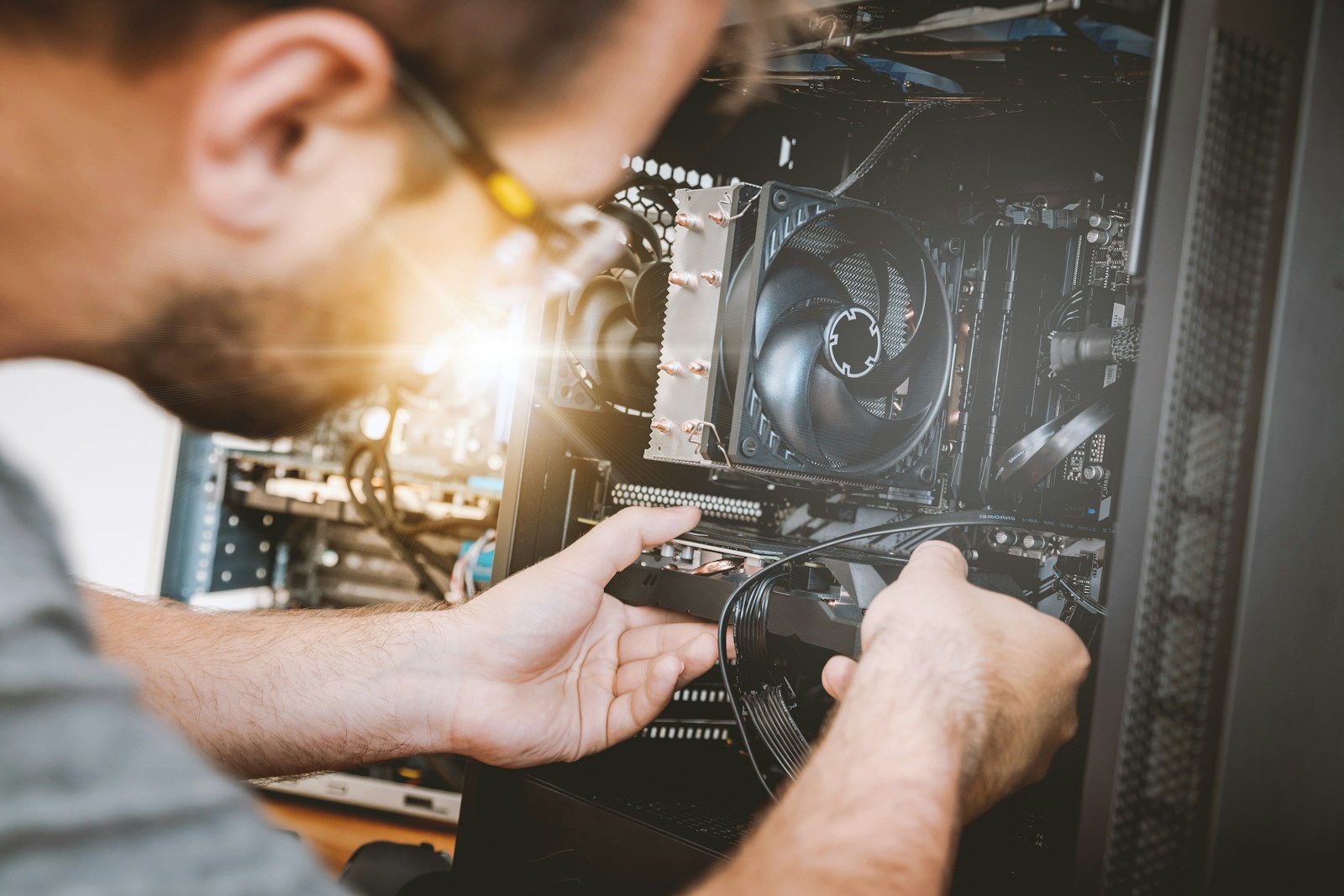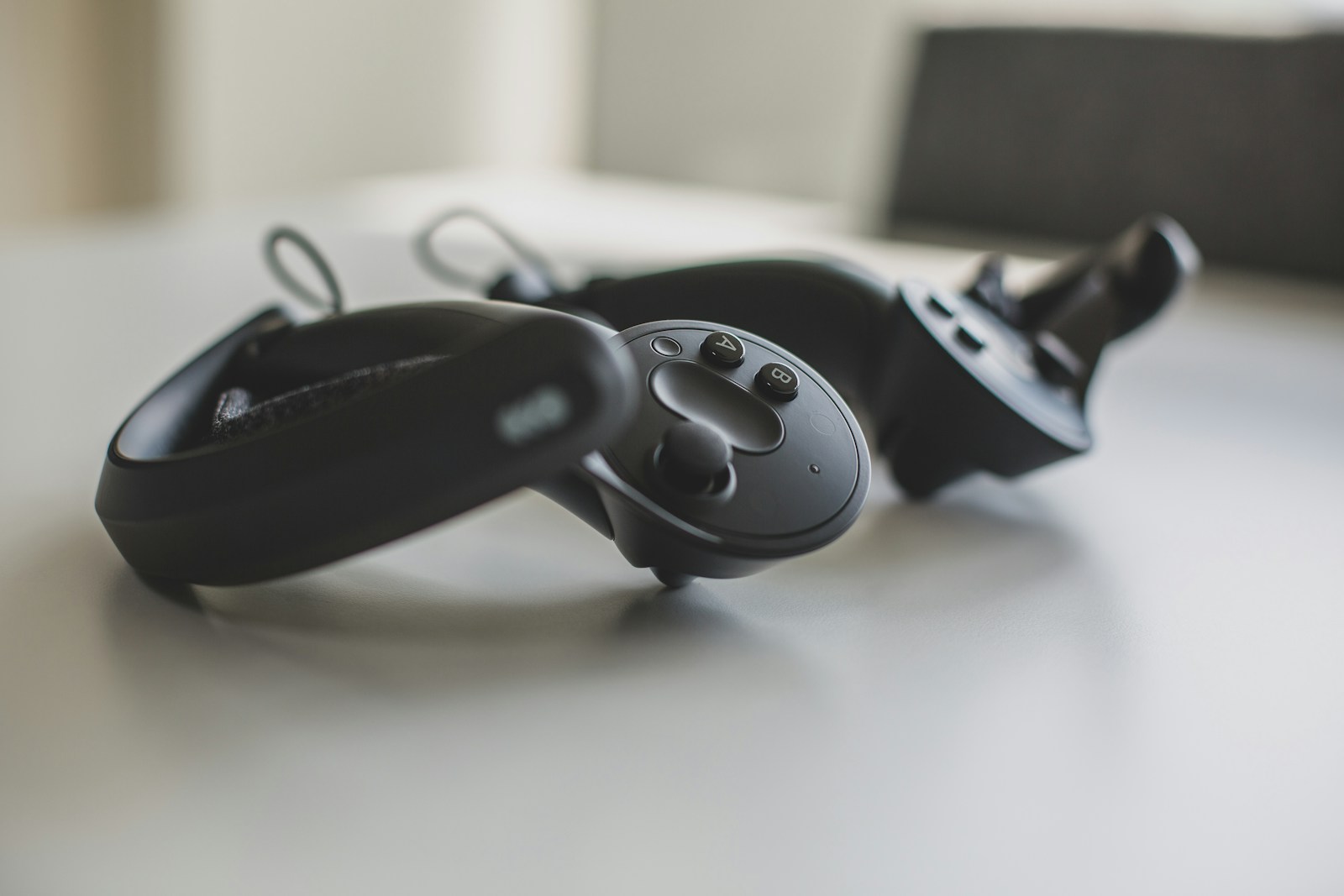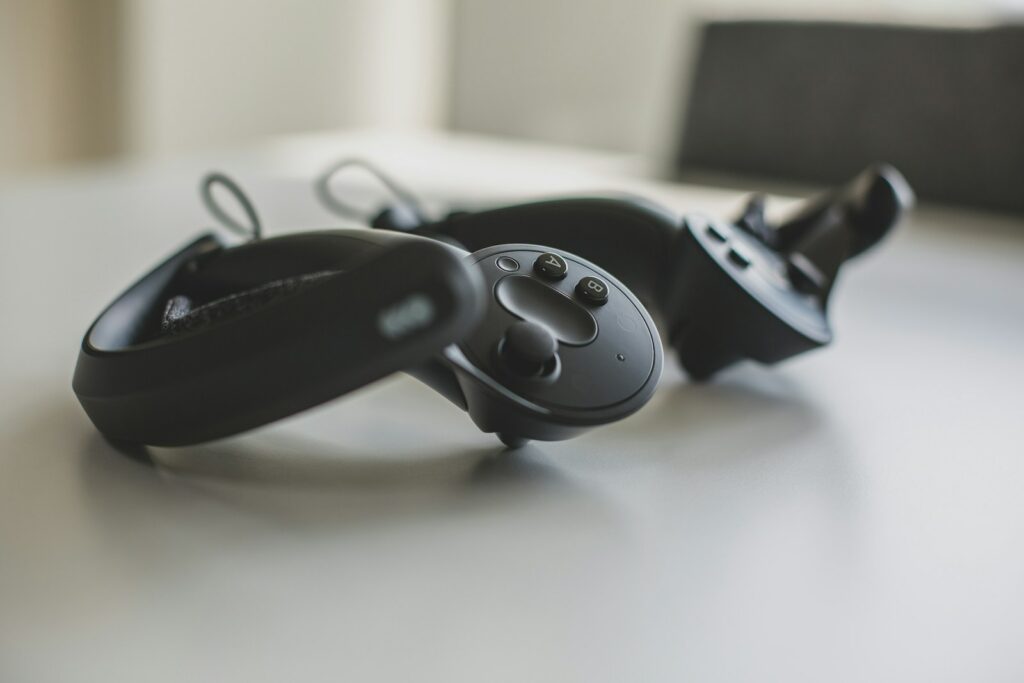On initial inspection, the Industrial Metaverse may seem like pure-breed innovation, but with more study, it emerges as a complex jigsaw puzzle of existing technologies that need to correctly blend to deliver on the promise.
At AVEVA, this pathbreaking technology is defined as an interconnected, immersive, and persistent virtual universe where teams can interact with each other and digital objects in real time. Think of it as a collective virtual environment that blurs the line between the physical and digital realms in an increasingly interconnected world.
In the world of design and operating the world’s industrial infrastructure, customers in this field often find themselves immersed in a variety of data sources, working across multiple platforms, and dealing with data quality that is sometimes uncertain. They face the challenge of making critical decisions on an hourly or minute-by-minute basis. If you were to speak with any of these customers, their primary concern would be the volume of data they handle and the level of trust they can place in it.

In a live industrial metaverse setting, teams gather to discuss the scheduling and details of the next six months of production processing, which ultimately leads to a disastrous outcome. The significance of reliable data has been acknowledged for a while, and therefore, the initial component of the puzzle is a Digital Twin. In Gwinnett County, Georgia, USA, the Department of Water Resources is responsible for managing the purification of drinking water, fresh and grey water services, and delivering over 70 million gallons of water per day to more than 1 million residents.
Gwinnett County collaborated with AVEVA and its partner to introduce a digital twin of operations at various locations, including water production plants, distribution and transmission networks, and numerous water collection points. Gwinnett creates a unified platform that streamlines efficiency and optimizes performance, boosting clean-water delivery by 20% against rigorous industry standards.
Having world-class data is the minimum entry point for an Industrial Metaverse, but equally important is how individuals interact with each other differently in a more immersive 3D environment compared to the 2D world of MS Teams and Zoom. The University of Milan took on the task of challenging the conventional approach to educating Industrial Chemist undergraduates. The professors at the university noticed the difficulty that students faced in linking the fundamental chemical concepts to the practical concepts employed in an actual operating plant.
As the expenses and regulations associated with industrial site visits continued to rise, it became increasingly challenging for students to participate in such visits. Professor Carlo Pirlo decided to offer evening classes using AR/VR headsets in a full plant simulation. His study of two control groups indicated a +60% increase in academic performance among those who attended the AR/VR sessions.
The ability to understand the world is deeply based on perceptions of the environment, and AR/VR immersion is a great platform for the Industrial Metaverse to drive better collaboration between people and machines – including customers and supply chains. Powerful collaboration emerges as the second jigsaw piece.
However, this isn’t a jigsaw made of only two pieces; there are many other factors to consider such as cyber security, data dominion, cloud provision, network support for remote metaverse attendees, UX design, the role of AI, protection of Intellectual Property, etc… The list is long, and the jigsaw is increasingly more complex. But of important note is that these are all existing technologies, there is no jigsaw piece that is unknown science or fundamental research. It all exists already. There is great potential for the Industrial Metaverse, and AVEVA is confident that with their customers and technology partners, they can complete this jigsaw together.
This case study is from our industrial Metaverse report. You can download the report here for further insights into digital twins. A special thanks to AVEVA for supplying the case study.
For more market insights, check out our latest Digital Twin news here.













